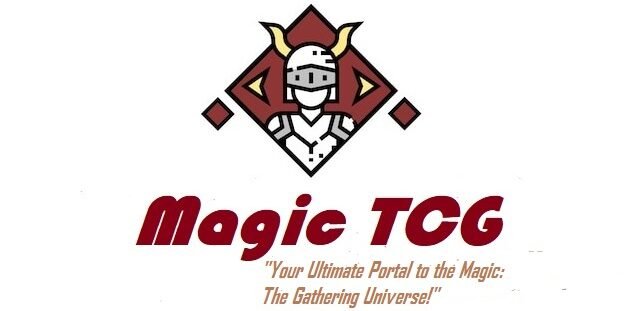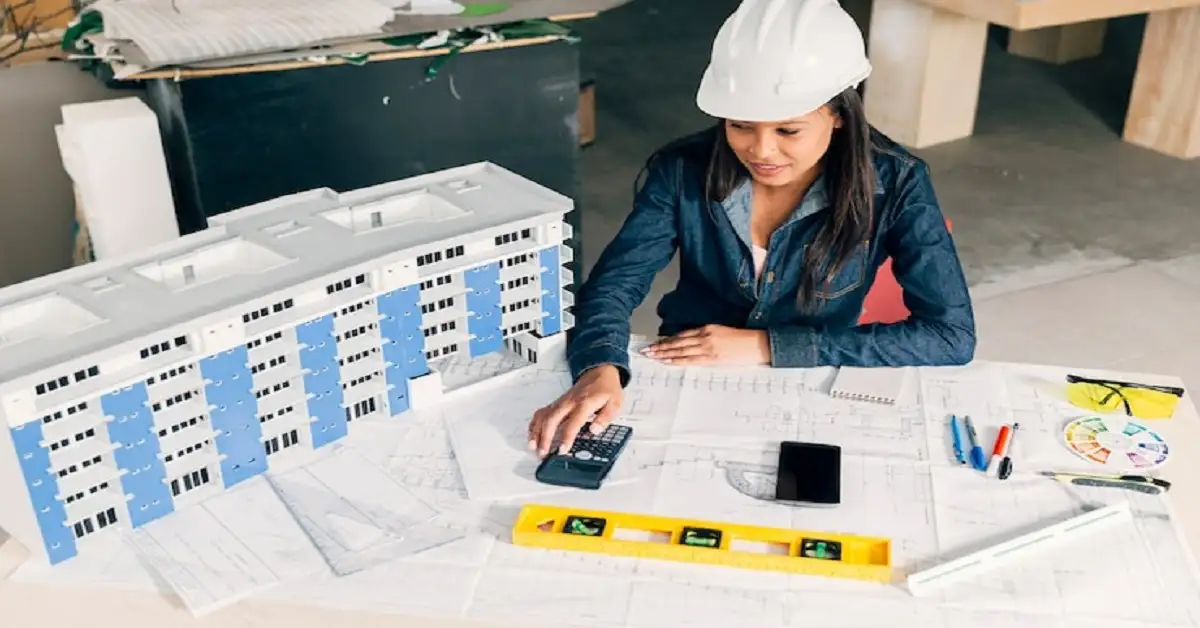Designing Efficient Facility Layouts Made Easy
Creating an efficient facility layout is more than just arranging equipment and workstations. It’s about designing a system that optimizes every square foot of space, enhances workflow, ensures safety, and supports long-term adaptability. Whether you’re setting up a manufacturing plant, an office, or a warehouse, an effective layout can make a significant difference in productivity and cost-efficiency.
Why Facility Layouts Matter
What is a Facility Layout?
A facility layout is the physical arrangement of work areas, equipment, and personnel within a space. Its purpose is to ensure the most efficient flow of materials, people, and information while meeting the facility’s goals. Think of it as an essential blueprint for how your facility operates.
Why is it Important?
A well-thought-out facility layout drives operational efficiency by:
- Reducing wasted motion and travel time.
- Improving safety by minimizing hazards.
- Supporting future growth or process changes.
- Enhancing employee morale and productivity by providing a comfortable work environment.
Effective layouts don’t just happen; they’re carefully designed with specific goals in mind.
What Are the Key Objectives of Efficient Facility Layouts?
When designing a layout, keep these objectives front and center:
- Maximum Space Utilization
Every inch of your facility should contribute to productivity. Efficient space management ensures you aren’t paying for real estate that isn’t actively serving your business.
- Streamlined Workflow
The layout should promote seamless movement of materials, goods, and employees. A smooth workflow reduces bottlenecks, improves throughput, and saves time.
- Flexibility for Future Needs
Industries evolve, and so do their facility requirements. Design with adaptability in mind to accommodate process changes, expansions, or new technology.
- Safety and Compliance
A safe layout minimizes workplace hazards, complies with industry regulations, and protects both employees and assets.
- Sustainability
Incorporating energy-efficient designs and eco-friendly practices helps organizations reduce their carbon footprint and operational costs.
Types of Facility Layouts
Choosing the right facility layout depends on the nature of your operations. Here are the most common types:
1. Process Layout
Also known as functional layout, this approach groups similar processes or machines together. It’s common in organizations with diverse product offerings, allowing for flexibility in customization. For instance, process piping in chemical or food processing plants often uses process layouts to efficiently move liquids through various stages.
2. Product Layout
This layout is structured around a production line where tasks or processes flow in a linear sequence. Ideal for mass production, it minimizes handling time and boosts efficiency.
3. Fixed-Position Layout
Here, the product remains stationary while tools, people, and equipment are brought to it. This is typical in industries like aircraft manufacturing or large construction projects.
4. Hybrid Layout
Combining aspects of the above layouts, hybrid layouts are tailored to meet unique production requirements. They offer flexibility while maintaining efficiency.
Key Design Considerations for Facility Layouts
When you’re ready to design or redesign your facility layout, these are the top factors to consider:
1. Space Utilization
Optimize your available space by carefully assessing storage needs, equipment footprints, and employee movements. Use vertical space where possible, especially in warehouses. Every square foot should serve a purpose.
2. Workflow Efficiency
Map out the entire workflow, from start to finish, to identify potential choke points or inefficiencies. Ensure that materials and people can move freely without unnecessary delays or obstructions.
Examples of smoothing workflows include implementing conveyor belts in production or designing aisles in a warehouse for easy navigation by forklifts.
3. Flexibility and Scalability
Your business will grow and evolve. Design layouts that can easily accommodate new equipment, revised workflows, or additional staff. Modular furniture, movable partitions, and adjustable shelving are a few practical solutions.
4. Safety and Compliance
Design with safety in mind by adhering to OSHA standards or similar guidelines in your region. Ensure pathways are clear, machinery is properly spaced, and emergency exits are accessible. Installing adequate lighting and ventilation is another essential safety consideration.
5. Environmental Impact
Use energy-efficient lighting or HVAC systems to reduce long-term costs. Incorporate flow patterns that minimize energy usage, such as using natural light or heat-reducing layouts. Integrating eco-friendly practices not only enhances sustainability but also appeals to environmentally conscious stakeholders.
Tools and Technologies for Facility Layout Design
Thanks to technology, designing efficient facility layouts has never been easier. Here are some tools you can explore:
- CAD Software:
CAD softwares help create detailed blueprints of facility layouts for better visualization and planning.
- Simulation Software:
Simulation software simulates facility workflows, providing insights into potential inefficiencies before implementation.
- 3D Modeling:
These programs allow users to create 3D visualizations, offering a more realistic representation of the layout.
- Integrated ERP Systems:
Some enterprise resource planning (ERP) tools offer modules that aid in layout design by syncing workflows with inventory management or production planning.
Common Mistakes in Facility Layout Design
Even with established objectives and tools, it’s easy to make mistakes during the layout process. Here’s what to avoid:
- Ignoring Operational Workflows
Overlooking how materials and people move within the facility can lead to bottlenecks and inefficiencies.
- Failure to Plan for Growth
A static layout can hinder future scaling efforts. Always account for expansion.
- Overcomplicating the Design
Complex layouts can confuse employees and increase training time. Keep designs intuitive and user-friendly.
- Neglecting Safety Standards
Compromising safety for space or cost can lead to accidents and legal complications. It’s never worth the risk.
- Overlooking Technological Integration
Incorporate modern tools and automation wherever possible to stay competitive and maximize efficiency.
Conclusion
A well-designed facility layout is essential for boosting productivity, optimizing space, and enhancing employee satisfaction. From selecting the right type of layout to considering flexibility, workflow, and safety, there’s a science to creating a space that works as hard as your team does. If your organization is planning a new facility layout or upgrading an existing one, invest the time to analyze your unique needs and leverage the tools we’ve mentioned. With careful planning and execution, you’ll not only achieve operational efficiency but also gain a competitive edge.



